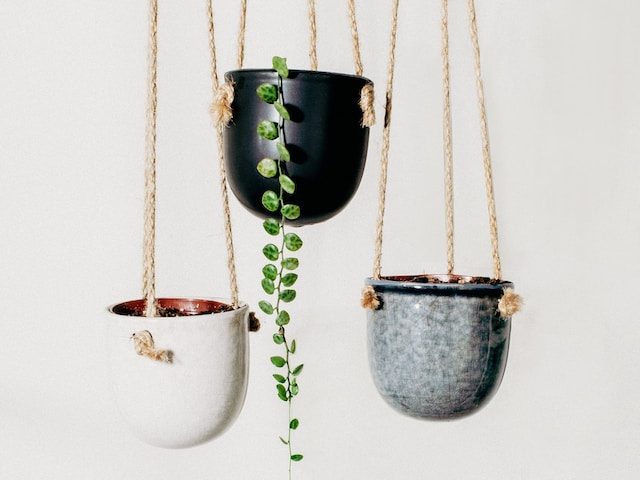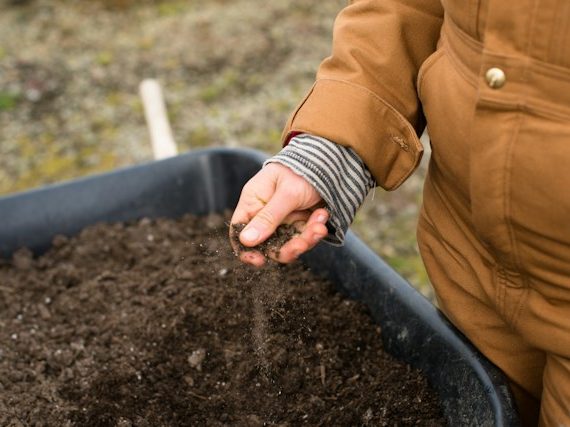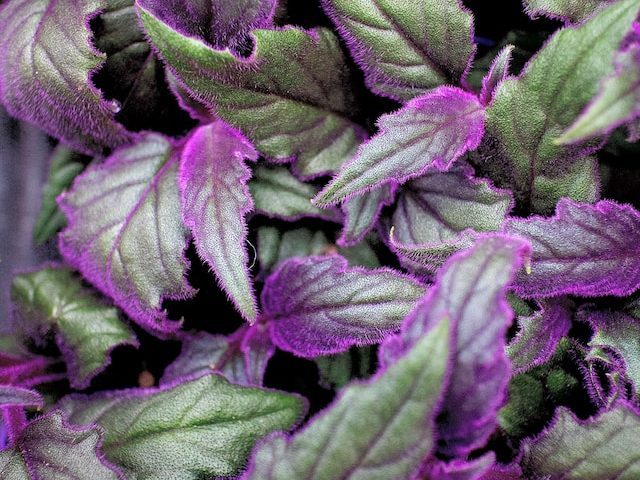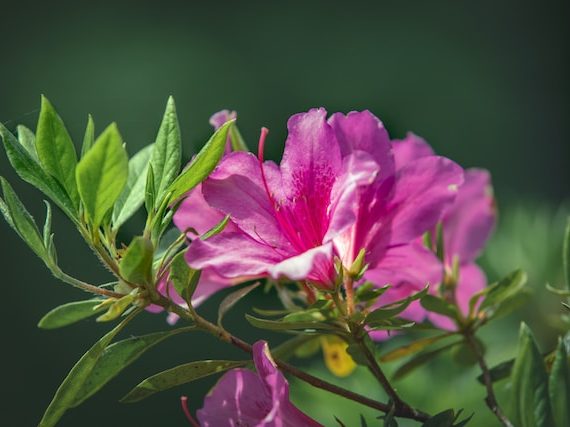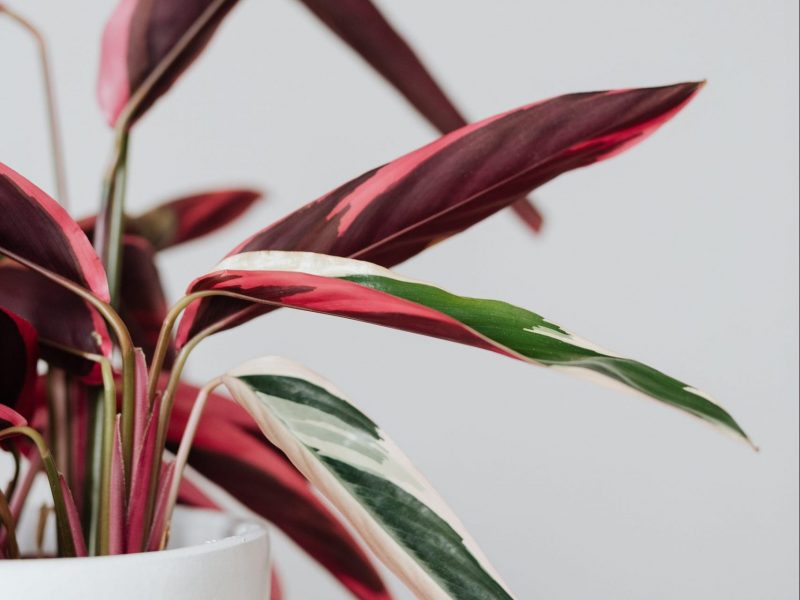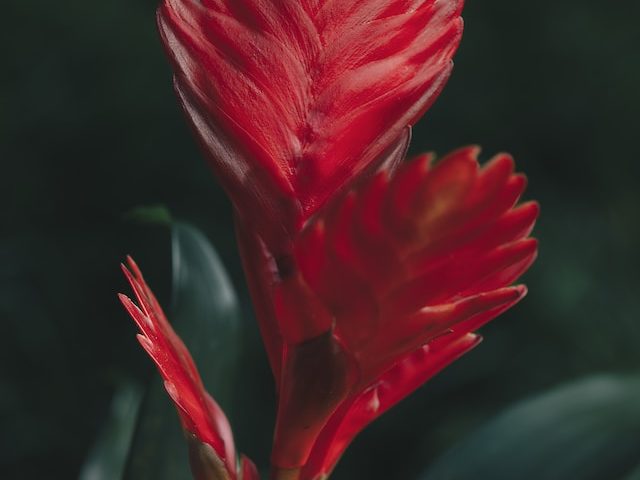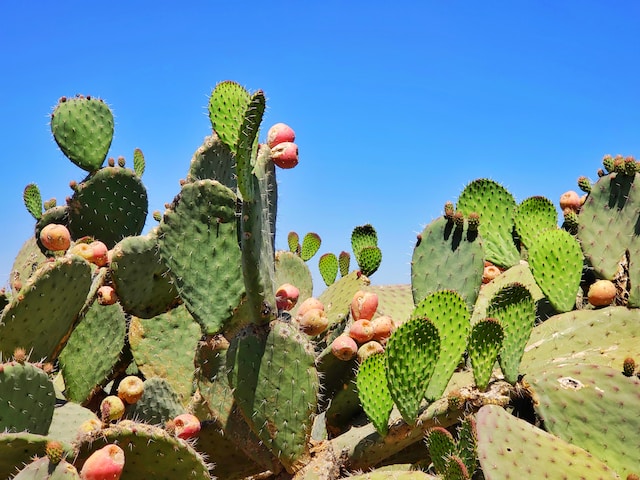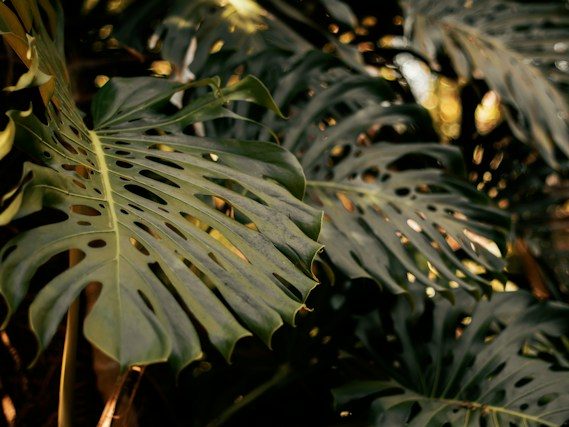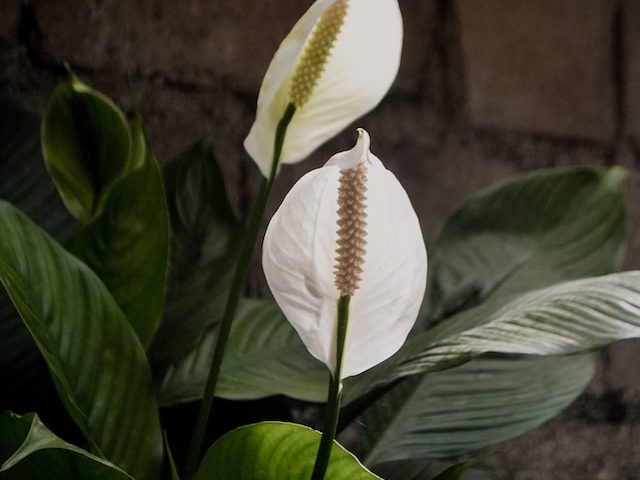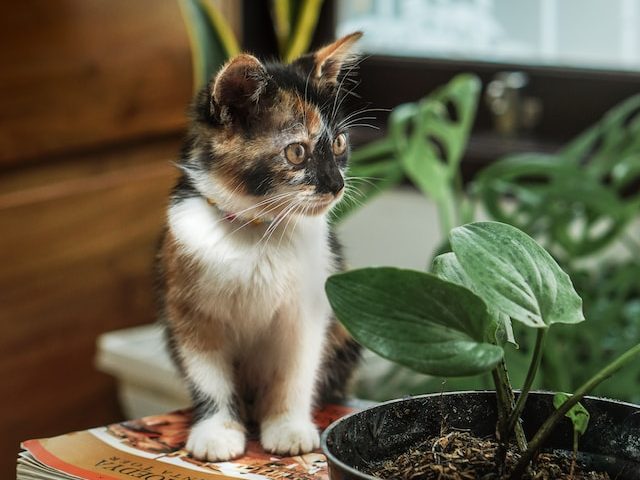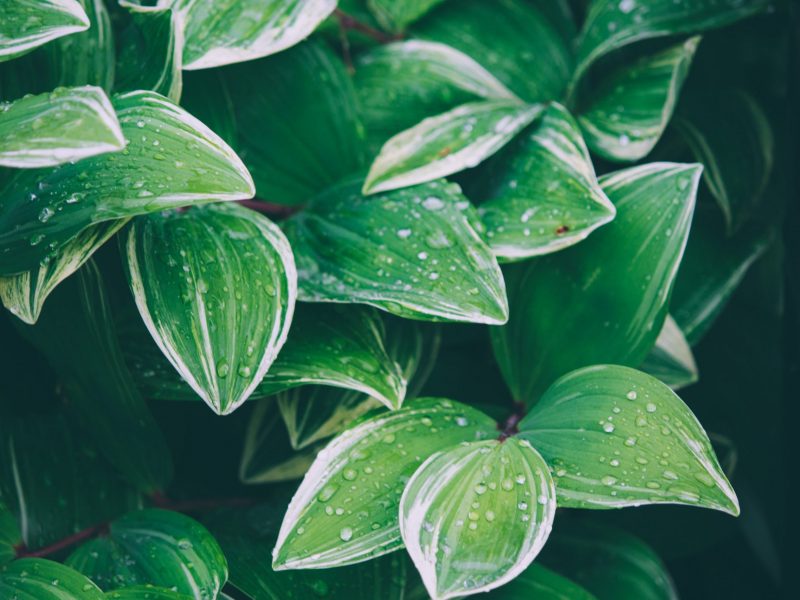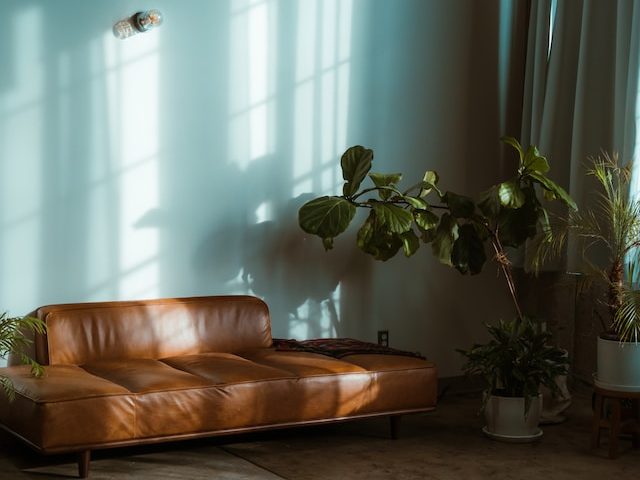Arrowhead Plant
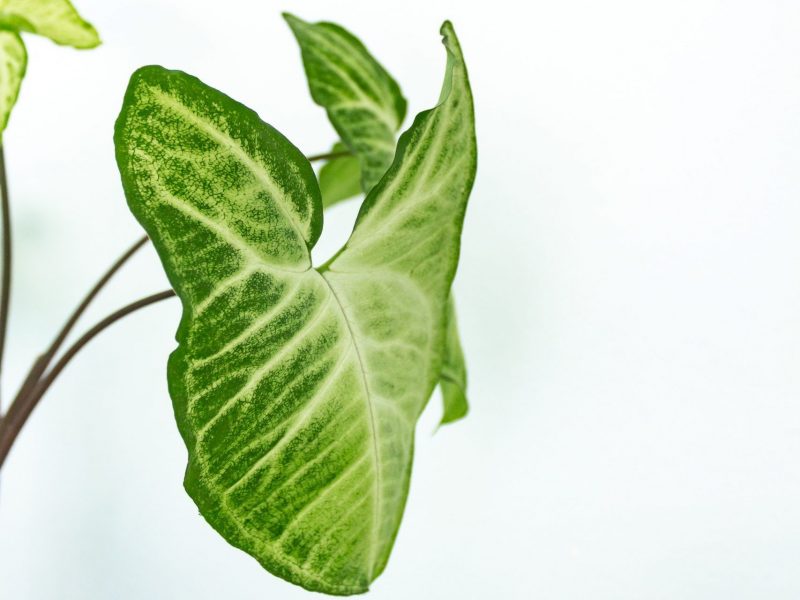
Introduction to Arrowhead Plant Care
Known scientifically as Syngonium podophyllum, this perennial favorite is a member of the Araceae family that brings a touch of tropical charm to any indoor space. In terms of care difficulty, they fall somewhere in the middle. While they can adapt to a range of environments, they can be picky about certain things such as humidity.
Understanding Arrowhead Plant Varieties
This intriguing plant, native to Latin America, boasts numerous varieties each with their own distinctive features. Understanding these varieties can significantly enhance your plant care routine and consequently your plant’s health!
Primarily, Syngonium podophyllum varieties vary based on leaf color, shape, and size. Some popular varieties include the stunning ‘White Butterfly’, the vibrant ‘Neon Robusta’, and the uniquely patterned ‘Berry Allusion’.
1. White Butterfly
As the name suggests, the ‘White Butterfly’ variety features delicate ivory-colored leaves, reminiscent of a butterfly in flight.
2. Neon Robusta
If you’re drawn to bold, bright colors, the ‘Neon Robusta’ variety could be an excellent choice for you. With its leaves boasting an eye-catching neon green color, this variety is sure to stand out in any indoor jungle.
3. Berry Allusion
Those who appreciate unique patterns and textures might find themselves captivated by ‘Berry Allusion’. This variety boasts leaves with a beautiful pinkish hue and intricate venation patterns that add depth and interest.
Watering Your Arrowhead Plant: A Comprehensive Guide
Understand Your Arrowhead’s Needs
The Arrowhead plant is native to tropical rainforests, and it loves moisture—however, this does not mean it requires constant watering. Overwatering can actually be more damaging than underwatering.
When and How to Water
Watering your plant isn’t a one-size-fits-all task; it’s something that depends on various factors, such as the size of the pot, the quality of the soil, and the overall health of the plant.
- When: As a rule of thumb, water your Arrowhead plant when the top inch of soil becomes dry. This usually means watering approximately once a week during the growing season (spring and summer) and reducing watering to every other week during the dormant season (fall and winter).
- How: When watering, do so thoroughly until water starts to drain from the bottom of the pot. This ensures the roots receive enough hydration. Remember to discard any excess water sitting in the drainage tray to avoid waterlogging.
Signs of Incorrect Watering
Like any plant, your Syngonium podophyllum will display specific signs if it’s not being watered correctly. Here are some common symptoms to watch out for:
- Brown leaf tips: This could be a sign of underwatering or low humidity.
- Yellowing leaves: This is often a sign of overwatering.
- Wilting: This can be caused by both overwatering and underwatering—check the soil to determine the issue.
The Perfect Lighting Conditions
The Arrowhead plant is often classified as a low light tolerant plant, but it’s essential to understand what this really means. It doesn’t necessarily mean that it thrives in the dark or in the absence of light. Rather, it refers to the plant’s ability to tolerate and survive in less-than-optimal light conditions if needed.
Indirect Lighting
The Arrowhead plant thrives best in bright, indirect light (but can adapt to lower). Direct sunlight can scorch its leaves, causing them to turn yellow and fall off so be wary of direct sunshine during summer.
Artificial Lighting
If natural light is insufficient or inconsistent in your home, artificial lighting can be a good alternative. Fluorescent lights, for instance, can provide the necessary light spectrum for your plant. However, remember to keep the light source a few feet away from the plant to prevent leaf burn as Arrowheads can have very thin delicate leaves.
Low Light
While your Syngonium podophyllum can tolerate low light conditions, growth may be slower and the vibrant leaf colors may fade. Therefore, if you choose to keep your plant in low light, expect a less vigorous plant with muted colors.
Humidity and Temperature Control for Arrowhead Plants
The Syngonium podophyllum is a tropical plant that thrives in warm, humid environments. However, it also adapts fairly well to average home conditions which is why they can easily be kept as houseplants.
When it comes to temperature, Arrowhead plants prefer a range between 60-75°F (15-24°C). They are somewhat tolerant of lower temperatures, but any sudden temperature drops or exposure to cold drafts can harm the plant, causing leaf yellowing or even plant death.
Therefore, it is advisable to keep your plant away from external doors, windows, or other sources of cold drafts during the winter months.
As for humidity, Arrowhead plants love high humidity levels as it mimics their natural tropical habitat. A humidity level of 50% or higher is ideal.
If you notice that the leaves are turning brown on the edges, it could be a sign that your plant needs more humidity. To increase humidity you can mist your plant, use a humidifier or a pebble tray.
Tips for Fertilizing Your Syngonium
Understanding the Fertilizer Needs of the Arrowhead Plant
Arrowhead plants are not heavy feeders, so they don’t require an excessive amount of fertilizer. Instead, these plants thrive best with a light, balanced fertilizer applied every 4 weeks during the growing season (spring and summer). During the fall and winter, remove fertilizer from your to-do list as these plants enter a dormant phase and fertilizing during this time will cause damage.
Choosing the Right Fertilizer
A balanced, water-soluble houseplant fertilizer, such as a 20-20-20 (N-P-K) mix, works well. This type of fertilizer contains equal parts nitrogen, phosphorus and potassium, the three main nutrients that plants require. These are pretty easy to find in plant shops and garden centers.
Applying the Fertilizer
Dilute the fertilizer in water according to the package instructions and then water the plant with this solution. Always apply the fertilizer to damp soil to avoid burning the roots. If the leaves of your plant start to yellow or brown at the tips, this could potentially be a sign of over-fertilization.
Consider Organic Options
If you prefer a more natural approach to plant care, there are several organic options available. Compost, worm castings, and seaweed extract are all excellent sources of nutrients that can help your Arrowhead plant grow. Remember to always follow the manufacturer’s instructions when using these products.
Repotting an Arrowhead Plant
Arrowhead plants need some occasional repotting to provide them with fresh soil filled with essential nutrients and a bit more space for them to grow. It doesn’t have to be a daunting process though as long as you handle your plant with care the whole way through.
When to Repot?
The best time to repot an Arrowhead plant is during the late winter or early spring, just before the start of the growing season. This gives the plant an opportunity to grow in fresh, nutritious soil and a bit more space. On average, an Syngonium podophyllum should be repotted approximately every two years but sooner if you spot signs your plant is rootbound.
Steps to Repot an Arrowhead Plant
- Prepare the New Pot: Choose a new pot that is 2-3 inches larger in diameter than the current one. Make sure the new pot has drainage holes to prevent water logging.
- Prepare the Plant: Water your Arrowhead plant one day before repotting. This ensures that the roots are hydrated and flexible, making the transition easier.
- Remove the Plant: Carefully remove the plant from its current pot. Try to keep the root ball intact to minimize stress to the plant.
- Place the Plant: Add a layer of fresh potting soil to the new pot and gently place the Arrowhead plant inside. The top of the root ball should be level with the rim of the pot.
- Fill With Soil: Fill the rest of the pot with soil, firming it gently around the base of the plant. Ensure that the plant is secure but not packed too tightly.
- Water the Plant: Thoroughly water the plant after repotting to help settle the soil around the roots.
Common Pests and Diseases and How to Prevent Them
Arrowhead plants, while generally robust and easy to care for, are not immune to certain common pests and diseases that can adversely affect their health and growth. Early detection, regular maintenance, and appropriate preventative measures can significantly reduce the risk of these problems. Below we delve into some of the common pests and diseases to help you diagnose any issues.
Common Pests
- Spider Mites: These tiny pests can cause significant damage by sucking the sap from the plant. Indications of infestation include yellowing leaves and fine webbing. Regularly misting your Arrowhead plant can prevent these mites, as they prefer dry conditions.
- Mealybugs: Mealybugs appear as small, white fluffy insects on the plant. They harm the arrowhead plant by feeding on its sap and excreting a sticky substance called honeydew. Wiping the leaves with a solution of mild soap and water can keep mealybugs at bay.
- Scale Insects: Scale insects are small, round pests that attach to the plant and feed on its sap. They can be controlled by regularly wiping the leaves with neem oil or an insecticidal soap.
Common Diseases
- Root Rot: Overwatering can lead to a condition known as root rot. This can be prevented by ensuring your plant has well-drained soil and is not left sitting in water.
- Leaf Spot: Leaf spot disease causes brown or yellow spots on the leaves, often surrounded by a yellow halo. To prevent this, avoid getting the leaves wet when watering and ensure your plant has good air circulation.
- Bacterial Blight: This is a serious disease that can cause wilting, yellowing of leaves, and stem rot. Prevention includes avoiding overhead watering, ensuring good air circulation, and removing and disposing of any diseased parts immediately.
Prevention is always so much better than a cure. Regularly inspect your Arrowhead plant for any signs of pests or diseases and start treatment as soon as you spot the signs.
Arrowhead Plant Toxicity
Human and Pet Toxicity
Arrowhead plants are classified as toxic to both humans and pets. The plant’s sap contains calcium oxalate crystals, which can cause skin irritation. If ingested, the effects can be more serious, leading to a burning sensation in the mouth, difficulty swallowing, and nausea.
First Aid Measures
If you or a family member come into contact with the sap of an Syngonium podophyllum, it’s important to take immediate action. Here are some initial steps to follow but we recommend you seek professional medical advice:
- For skin exposure: Wash the affected skin thoroughly with mild soap and water. If irritation persists, seek medical attention.
- For eye exposure: Rinse the eyes with lukewarm water for a few minutes, and then seek medical advice.
- If ingested: Do not induce vomiting. Rinse the mouth with water and consult a medical professional immediately.
Flowers on an Arrowhead Plant
While not all varieties of Arrowhead plants will bloom in indoor conditions, those that do can grow beautiful small flowers that are very aromatic.
Timing and Conditions:
Flowering in Arrowhead plants typically occurs during the warmer months, particularly in summer and early autumn. However, the blooming cycle isn’t always predictable, and the exact timing may vary. The plant’s bloom often depends on specific conditions being met, such as ample sunlight, well-drained soil, and appropriate humidity levels.
Appearance:
When your Arrowhead plant decides to flower, you’ll notice small, spherical inflorescences appearing, covered in a multitude of tiny, cream-colored blossoms. These clusters, although not as showy as some other houseplant flowers, are still very pretty and smell great!
Post-Bloom Care:
Once the flowers have faded, it’s essential to trim off the spent blooms to encourage new growth. This practice, known as “deadheading,” not only keeps your plant looking tidy but also redirects energy towards leaf production and overall health.
Cleaning your Arrowhead Plant
Keeping your Syngonium podophyllum clean is not just a matter of aesthetics; it is a crucial aspect of plant health. Plants with clean leaves are generally healthier as they can effectively photosynthesize and breathe. Here are some steps to help keep your plant in tip-top shape:
- Prepare your cleaning solution: You can use a mild, soapy water solution for cleaning. Avoid using any harsh chemicals that may damage the plant. Mix a few drops of mild dish soap in lukewarm water to remove tough dirt.
- Wipe the leaves: Using a soft, damp cloth, gently wipe the upper and lower surfaces of each leaf. Be careful not to damage the leaves while wiping.
- Rinse the leaves: After wiping, gently rinse the leaves with lukewarm water to remove any soap residue. Avoid using cold or hot water as it can shock the plant.
- Let the plant air dry: Once you have cleaned and rinsed the leaves, let the plant air dry.
Arrowhead Plant FAQs
Are Arrowhead Plants toxic?
Ingestion of any part of the Arrowhead Plant can cause mild stomach and mouth irritation. Their sap can also cause mild skin irritation so we recommend wearing gloves when handling your Syngonium podophyllum, and especially when propagating where you might be taking cuttings.
Are Arrowhead Plants easy to care for?
The Syngonium podophyllum can be fairly easy to care for but it’s not a total beginner or low-maintenance houseplant.
Can Arrowhead Plants tolerate low light?
Arrowhead Plants can adapt to lower light conditions, although bright but indirect light will always be best. In low light, you’ll find that growth is a lot slower and the leaves can be smaller.
How often should I water my Arrowhead Plant?
On average you want to be watering your Syngonium podophyllum weekly in spring and summer and fortnightly in winter. Just make sure that the potting mix has time to dry out between waterings to avoid root rot.
How big do Arrowhead Plants get?
Arrowhead Plants can grow to about 6 feet if not pruned or propagated.
Common Problems with your Arrowhead Plant
Why are my Arrowhead's leaves turning yellow?
Yellow leaves on your Arrowhead plant may be caused by overwatering. Whilst that is the most common issue, it is also worth looking into the light levels around your Syngonium podophyllum as too much direct light can cause yellow leaves.
Why is my Arrowhead drooping?
If you notice that your Arrowhead is drooping or looking limb, it is most often caused by underwatering or a lack of humidity. Increase the frequency of watering and mist the leaves every few days and the leaves should perk up.
Why are my Arrowhead's leaves pale?
Pale leaves, similarly to yellow leaves, are an indication of too much direct sunlight. Try moving your plant to a shadier spot and removing any bleached leaves.
Why are the tips on my Arrowhead turning brown?
Dry, brown leaf tips on your Arrowhead plant is a signal of dry air. Luckily this is easy to fix by misting the leaves every few days to increase the humidity.
Why is my Arrowhead Plant losing leaves?
Your Syngonium podophyllum will often lose leaves due to watering issues, either overwatering or underwatering. We recommend taking your plant out of its pot to see how much moisture is in the potting mix. Black soft roots also mean that your plant is losing leaves due to overwatering.
Your Arrowhead Plant might also be losing a few leaves due to natural ageing. This is something that happens naturally and isn’t the result of anything you have done wrong. Like most other houseplants, Arrowheads will often lose a few leaves to focus their energy on new healthy growth. This rate of leaf drop should be slow and usually affect the smallest and lowest leaves on your plant.
Why does my Arrowhead Plant have curling leaves?
There are a few factors that can lead to your Arrowhead Plant starting to develop curling leaves. The most common issues include: low humidity levels, underwatering, too much direct sunlight or temperature extremes.
It can take a little bit of time to diagnose the reason why your plant is curling, so start by inspecting the moisture levels in the potting mix before monitoring environmental factors such as temperature, humidity and light levels.
Luckily, curling leaves on a Syngonium podophyllum is often reversible, so with the right care, your plant should be back to normal soon!



